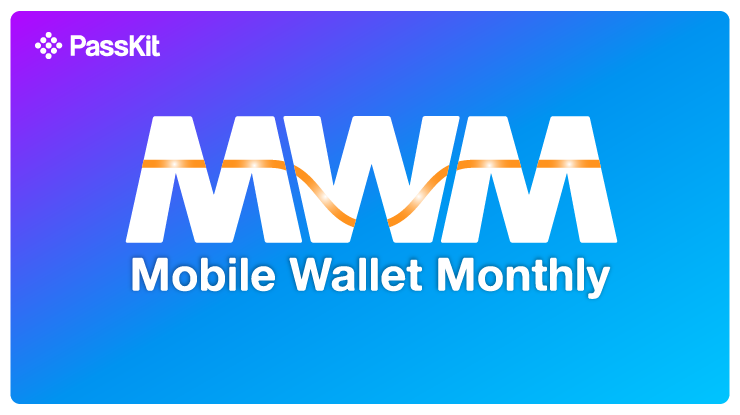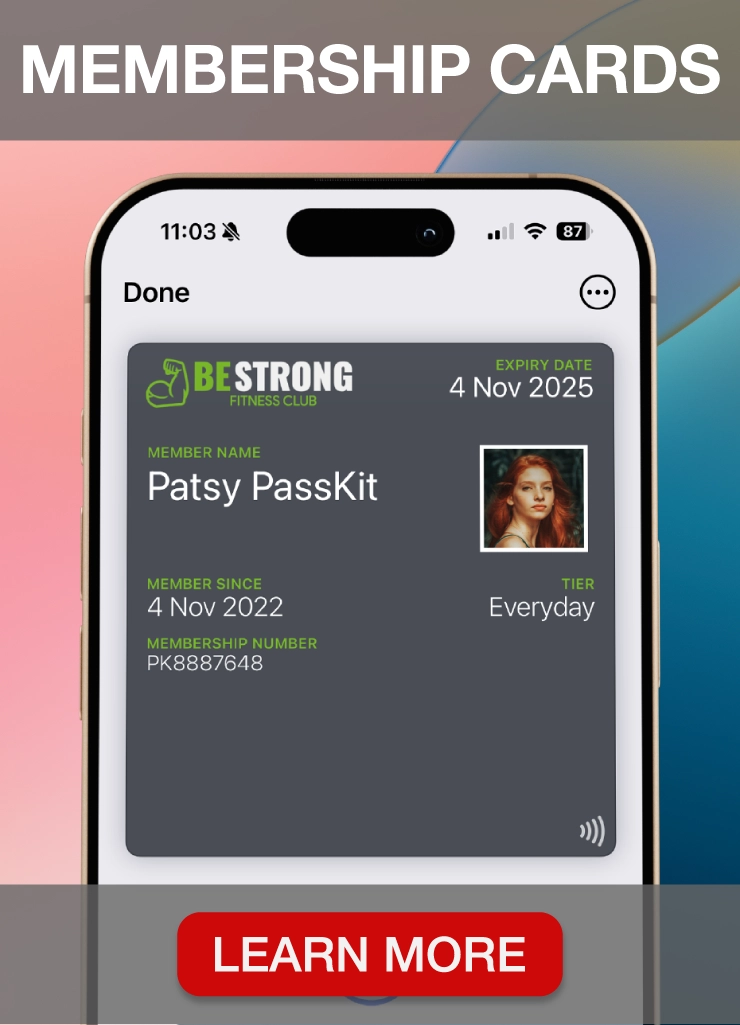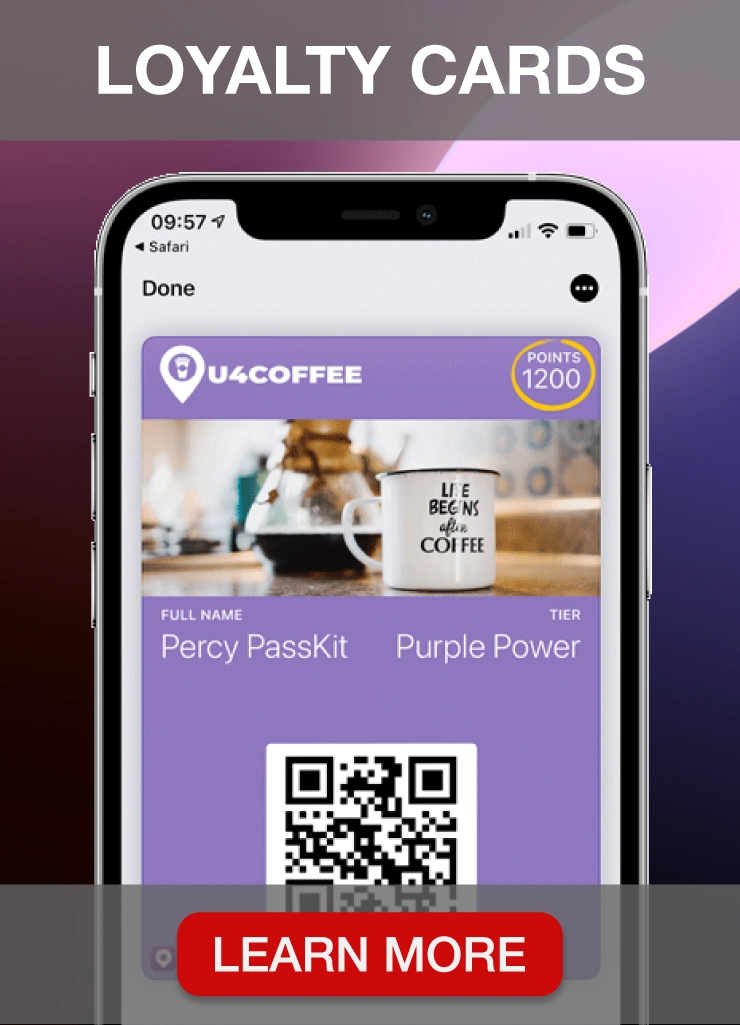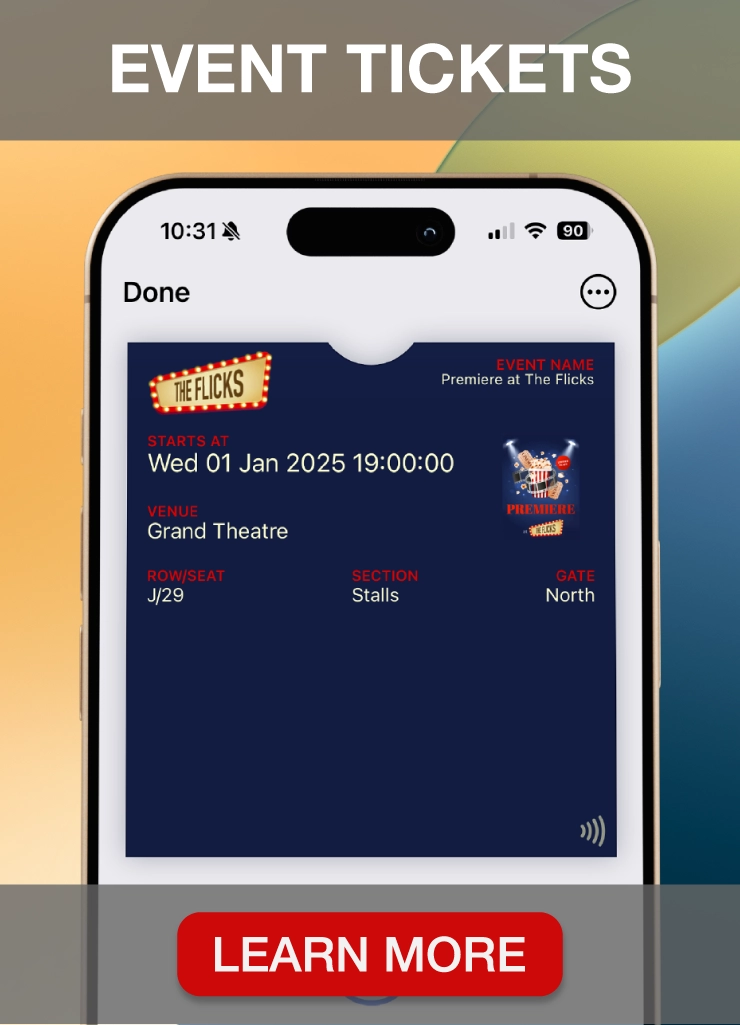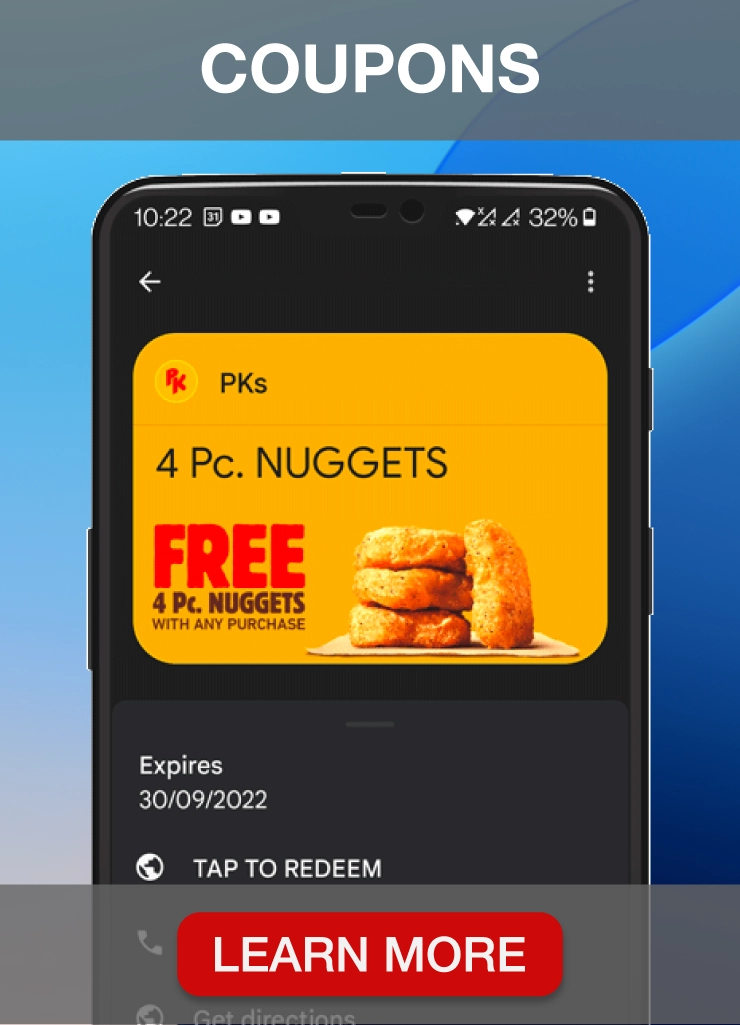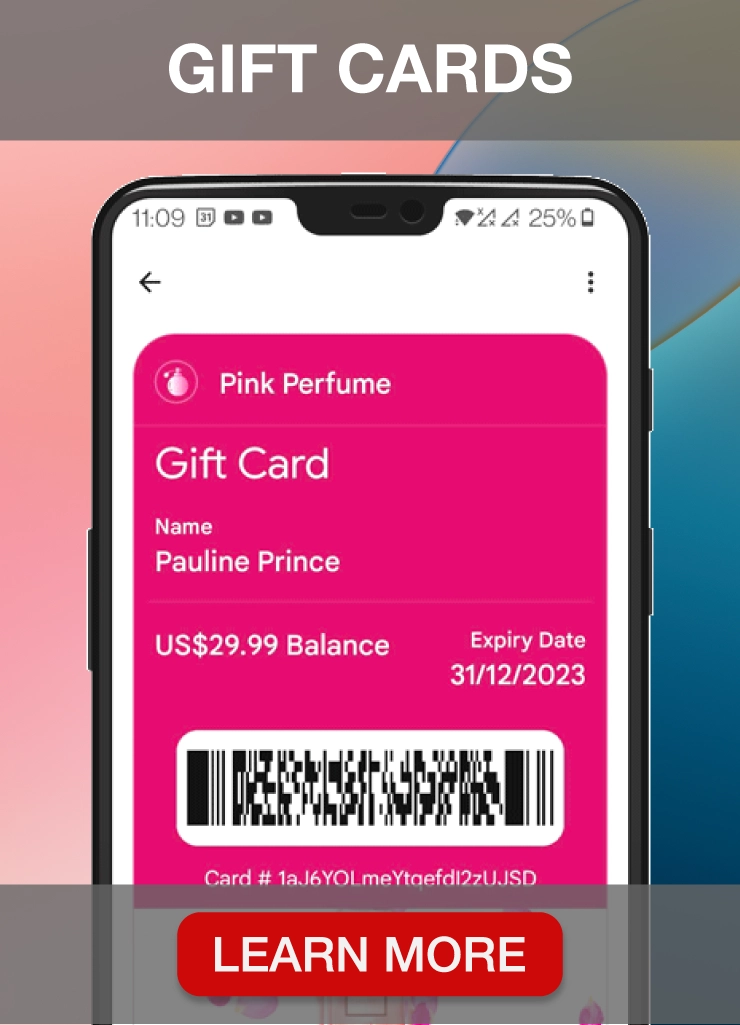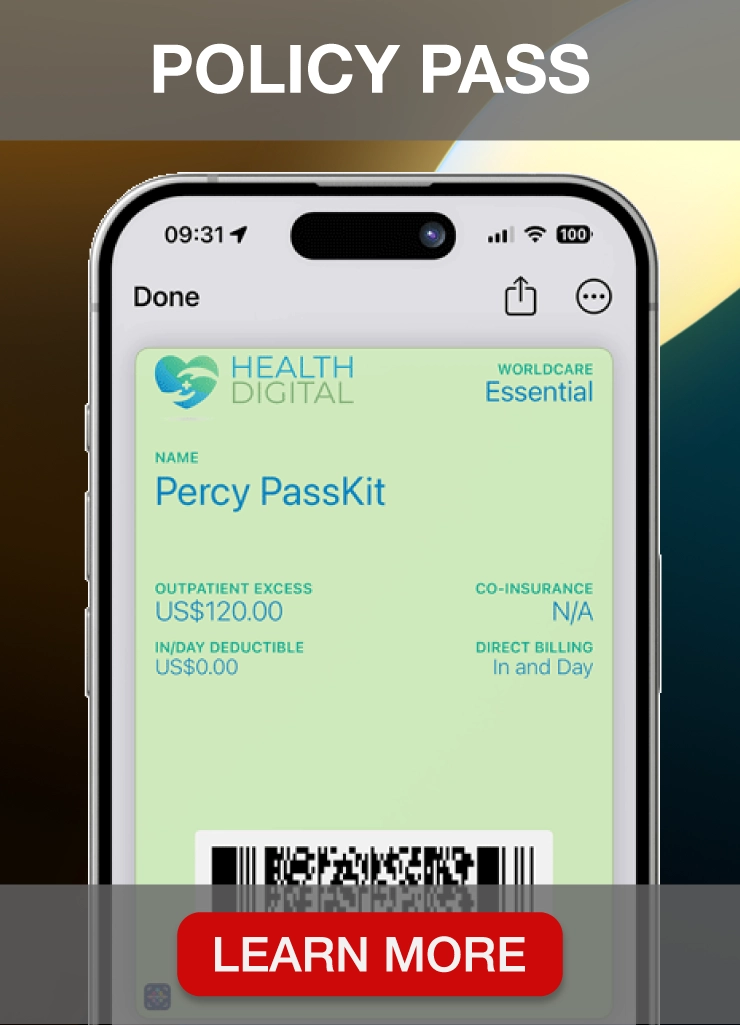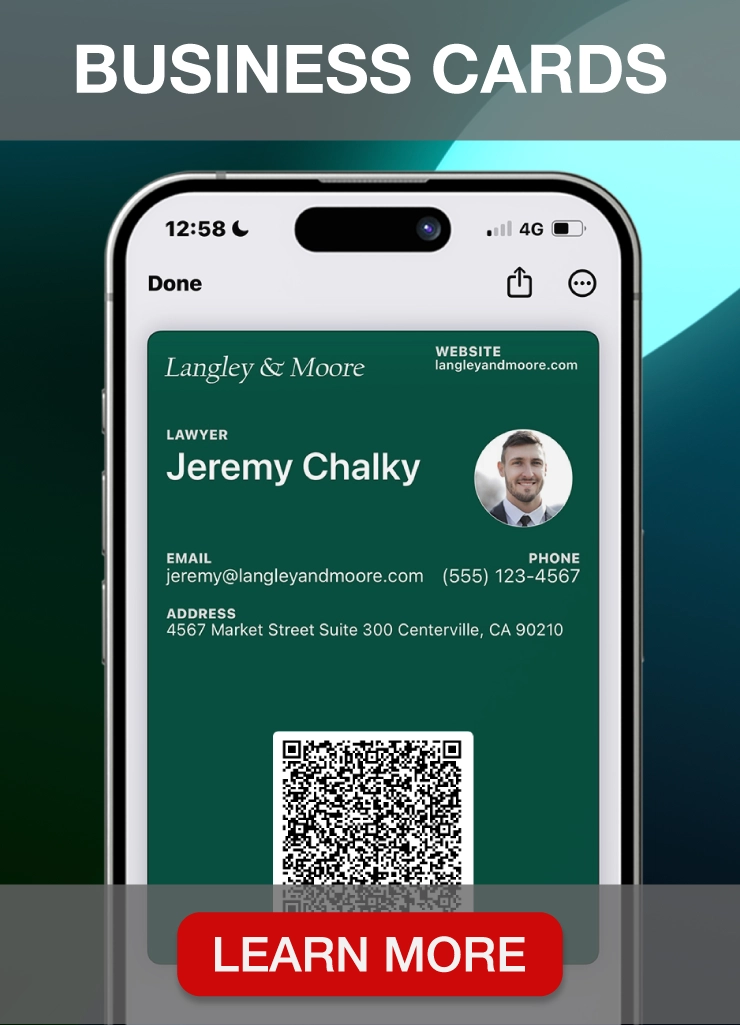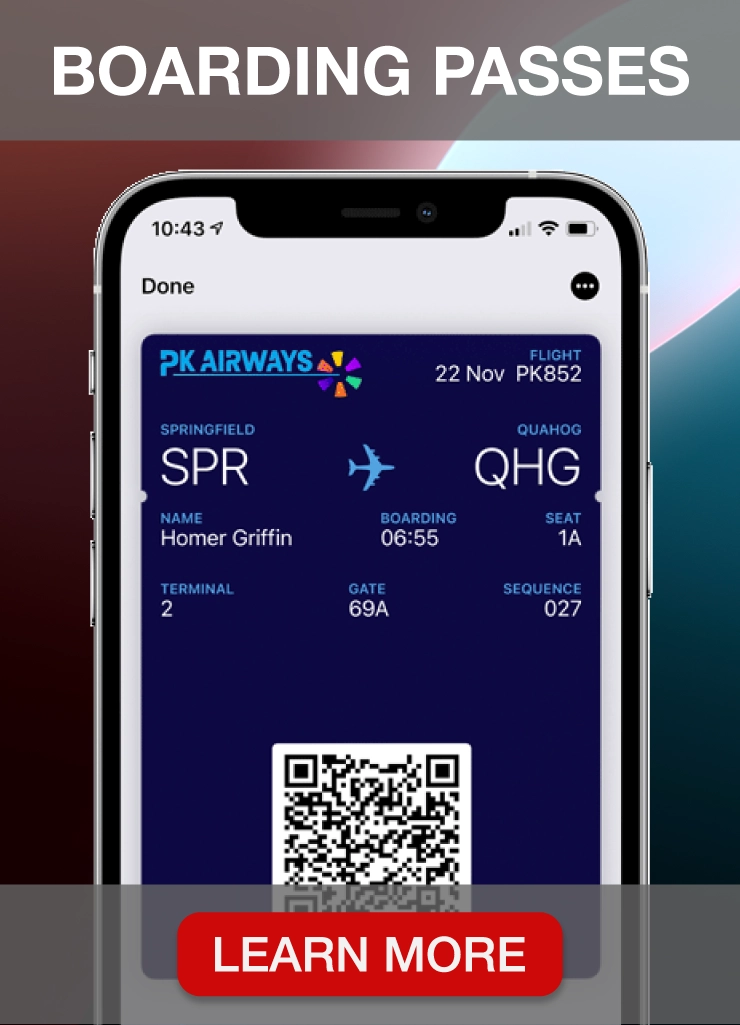Image source: Freepik
Technology is transforming the customer experience by reinventing every interaction or touchpoint between your brand and customers. Prospective customers might hear about your company from a friend, visit your website, or see social media posts.
In other words, it’s no longer enough for companies to have only offline interactions with their customers. Today’s customers have access to brands through various digital channels, which means they can easily compare one brand with another. These changes in customer behavior have forced companies to find new ways to encourage customer loyalty.
Brand touchpoints help build customer loyalty by providing a consistent brand experience throughout the customer journey. A positive brand experience will motivate your customers to purchase from your company again.
With PassKit, our customer loyalty software, business owners can turn physical store cards and vouchers into digital passes that customers can store and use in their built-in digital wallets, Apple Wallet, and Google Pay. Customers can collect points over time, see all their rewards in one place, and utilize them in real-time when they’re in a store, gym, or salon with a few taps on their smartphone.
PassKit allows you to create your digital loyalty program easily and start distributing digital passes on multiple marketing platforms, such as social media, email, website, SEM, near-store visual merchandising, etc., covering multiple brand touchpoints in the process. With PassKit, you can collect loyalty program statistics and redemption rates. To test out PassKit, sign up today and take advantage of our 45-day free trial.
In today’s article, we will explain how you can use brand touchpoints to build loyalty among your customers and how PassKit helps boost your loyalty marketing efforts. Let’s start with explaining the brand touchpoints.
What is a brand touchpoint?
A brand touchpoint is a way for your brand to connect with your customers. It could be a product you’re trying to sell, an advertisement, a TV commercial, or even a tweet. The goal of any touchpoint is to make it easy for people to learn about your product or service and potentially become customers.
Brand touchpoints are also valuable because they provide insight into your customer base and how people engage with your brand. By understanding your customer’s experience at each touchpoint, you can determine where to focus your marketing efforts to build trust and increase sales.
What is brand identity?
A brand identity is a collection of visual and verbal symbols you can use to build and maintain trust in your business. It can include logos, colors, fonts, slogans, and more. It impacts how consumers perceive you as a company. Setting a consistent brand identity across all touchpoints, online and offline, is essential.
Another essential part of creating a solid brand identity is ensuring that every touch point offers something unique and valuable for customers. If you use multiple channels to sell products or services, it’s crucial to prioritize the ones where customers spend the most time and money.
What is a customer journey map?
Image source: Medium
A customer journey map represents a customer journey from the first point of interaction with your brand to conversion. It shows all the brand touchpoints that lead to a conversion and helps you guide your marketing efforts.
A customer journey map can include critical events such as first contact, landing page visit, checkout process, and post-purchase actions. Another benefit of mapping customer journeys is that it helps you understand where visitors bounce between pages and how to optimize your website for conversions.
Finally, customer journey mapping helps you understand who your customers are, where they come from, and what they need to make a purchase. It allows you to provide them with the right content at the right time while ensuring they have a positive experience throughout their whole journey. By doing so, you will be able to drive more conversions and increase your revenue.
Brand touchpoints and the customer experience
Image source: Freepik
The goal of every business is to create a memorable and authentic customer experience. It means tailoring everything from the design of your website to the way you interact with customers when at your store. It helps you develop strong emotional connections and improve customer relationships.
Brand touchpoints must all be consistent and convey the same message to customers. They are vital because they influence how customers engage with your business and impact their satisfaction with your brand.
For example, suppose a company’s phone call center is slow or unreliable. In that case, it could result in bad customer experiences and low satisfaction scores, and a company can lose some of its customers. Therefore, brand touchpoints are an essential part of any organization’s strategy.
How brand touchpoints impact customer loyalty
Brand touchpoints, whether an email or a social media post, can be subtle or to the point, but they impact loyalty in one way: they can increase or decrease trust. Customers who see an ad for your product or service might get a warm, fuzzy feeling of desire. However, if they afterward read a negative review about your product or service, it can discourage them from making a purchase.
Businesses need to keep in touch with customers and provide them with engaging experiences. According to one source, 88% of consumers say that an experience a company offers is equally crucial as the company’s products or services, while 69% of customers also expect a connected customer experience when they engage with a company.
By regularly engaging with your customers through various brand touchpoints, you can build a loyal following that will continue to support you long after their first purchase of your product or service.
Let’s see how you can create a solid brand touchpoint strategy for your business.
Four tips for defining your brand’s touchpoint strategy
Image source: Brands&People
The first step to creating a successful touchpoint strategy is to define your brand’s identity. You can do this by developing an overarching theme that all of your brand touchpoints and marketing campaigns can align to. It is also essential to determine which of your existing products and services will be the focal point of your new brand vision.
Once you have defined your brand’s identity and vision, it is time to define your brand touchpoints. The touchpoint strategy aims to create pathways for customers to interact with your brand in the most natural and meaningful ways possible.
There are several essential things to keep in mind when designing your brand’s touchpoint strategy:
- Make sure customer touchpoints are easy to find and easy to understand
- Keep them consistent so that customers can recognize your brand identity
- Make sure they look nice and feel welcoming
- Personalize touchpoints for each customer, if possible, as 82% of customers have a more positive view of a brand after engaging with personalized content
Now let’s explain how you can use your brand touchpoints to increase customer loyalty.
15 ways to leverage brand touchpoints to build loyalty
Image source: FreePik
An integrated, multichannel strategy is one of the most effective ways to build brand loyalty as it covers multiple brand touchpoints. Let’s see how you can create a seamless customer experience that makes lasting brand relationships.
1. Provide a connected customer experience
A connected customer experience provides a seamless flow from the moment customers enter your store or website to the end of their shopping experience. It includes an intuitive website layout, clear signage, helpful staff, informative social media posts, valuable blog articles, contactless shopping and similar to create an enjoyable overall experience on multiple touchpoints.
2. Provide excellent customer service
A good customer service team is crucial for any business to succeed. Staff should be knowledgeable about products or services and polite when talking with customers. Excellent customer service will help build positive relationships and increase sales.
3. Offer personalized products and services
Personalization involves tailoring products, services, and experiences to meet individual customer’s needs. It’s a simple concept that can significantly impact customer retention. Personalization shows that you care about each customer and can be a powerful way to drive sales.
4. Run ads to increase brand awareness
When you set up an ad campaign, you can choose to advertise on various platforms, e.g., Google, Facebook, Twitter, and Instagram. With memorable ads, you can drive awareness and build your brand’s visibility, attracting future customers and boosting sales. You can also use ads to promote special offers or events.
5. Use email to nurture customer relationships
Email marketing can help nurture customer relationships by providing support and product updates. You can also send emails to potential new customers with some information about your company. Using email to nurture relationships can help customers feel connected with your brand and reduce the risk of leaving your business.
6. Offer exclusive deals and discounts
What can you do to make your customers feel special? Offer exclusive deals and discounts only to those who purchase directly from you. Offering exclusive deals can be done by offering discounts on a particular product or providing exclusive content only available to people who buy a specific item.
7. Create exclusive product bundles for re-engagement
Another method for re-engaging lapsed customers is through product bundles. By offering a discount on multiple products together, you’re incentivizing your customers to come back and buy more than one product at a time.
8. Keep your website content fresh and up to date
There are various reasons why keeping your content fresh is essential. For example, a potential customer can visit your website and see that your content is not up to date with the most recent information. It can seem unprofessional and decrease the customer’s trust in your business.
9. Showcase product quality and value with in-store marketing
In-store advertising proves that businesses offer high-quality products at attractive prices by highlighting the brand and product attributes. Offerings like sampling events can help build customer trust and generate repeat business.
10. Leverage merchandising and POS Displays
With POP marketing, you can use various items to attract customers to your shop, such as product displays, sample cases, and shelf signage. A well-designed or strategically positioned display or stand can significantly help you reach potential customers and impact sales. For a display or stand to be effective, it needs to be appealing and inviting.
11. Provide free samples and trials
Free samples and trials are a great way to get customers excited about your product or service. They allow people to try out your product or service at no cost and can help you build a solid consumer base. Free samples and trials are also essential to any marketing strategy because they give people a reason to spread the word about your products.
12. Offer free shipping
Don’t forget to offer free shipping when you’re selling online. It not only shows your customers that you value their time and money, but it also makes it easier for them to feel comfortable making a purchase.
13. Leverage customer reviews
Reviews are one of the most powerful tools you have in your arsenal when it comes to marketing. Aside from providing an opportunity for customers to express their feelings about your business, they also represent a great way to get the word out about your company. By tapping into this valuable resource, you can build a lasting relationship with your customers, ultimately leading to more sales.
14. Incorporate brand ambassadors
Brand ambassadors are crucial for building a loyal customer base. They can be employees, customers, or even your friends. An effective strategy involves creating a system that includes people who are passionate about your products and are eager to recommend them.
15. Surprise and delight your most loyal customers
The reason is simple: existing customers make the best ambassadors, so it’s wise to do everything you can to ensure that your company’s most loyal customers feel good. Be sure to give them special treatment.
Let’s look into how you can reward your loyal customers using PassKit, our digital loyalty platform.
How to reward loyal customers with PassKit
PassKit, our all-in-one digital loyalty solution, helps you design, promote, track, and measure the performance of your digital loyalty programs. With just a few steps, you can design digital loyalty cards, coupons, or membership cards that customers can add to their Apple Wallet or Google Pay. It’s an excellent choice if you’re a small business with limited resources for marketing. You don’t need coding skills, complicated development, or advanced setup to implement your loyalty reward programs.
You can create passes with a barcode and an overview of every current offer, reward, and discount. After the customer adds your loyalty card to their mobile wallet, you can automatically update it with reward points or coupons after each purchase. Plus, with PassKit, you can gather customer data and track redemption rates, which can help you improve your customers’ experience, personalize rewards and assess areas for your loyalty program improvement.
The PassKit dashboard offers information on how customers interact with your loyalty scheme. You may evaluate daily, monthly, or yearly loyalty program performance reports. To generate custom statistics, you may also specify start and end dates.
PassKit provides the simplest way to transform physical store cards and vouchers into digital passes that individuals may store and utilize with their wallet app. There is no need to change your existing software since PassKit is easy to integrate with POS and CRM.
You only need to implement PassKit into your business processes and give your customers digital loyalty cards to create an exceptional customer experience.
Multichannel distribution
With PassKit, you can promote your loyalty program and distribute digital loyalty cards across multiple touchpoints of your brand. Each channel allows you to tailor rewards, special deals, and offers according to customers’ purchasing behavior. Here are some of the channels you can use with PassKit:
- Company website
- Email marketing
- SMS marketing
- Social media advertising
- In-app advertising
- Receipt marketing
- Search marketing
- Visual merchandising
You can start with multichannel distribution to engage current customers and attract new ones. It’s also vital to ensure people know about your loyalty program’s benefits. You can do this in different ways: by sending emails, popping up banner ads or sharing posts on social media.
Loopy Loyalty as an alternative
If you’re a small business owner, you may also want to consider Loopy Loyalty. This platform allows you to create digital punch cards, while customers can earn and use rewards after each transaction by collecting enough punches on their smartphones. Loopy Loyalty supports Google Pay and Apple Wallet.
If you own a coffee shop, gym, nail and hair salon, or restaurant, you may benefit from using Loopy Loyalty. It allows you to create unlimited digital stamp cards, process unlimited transactions, and give unlimited rewards to your customers using a single platform.
Brand touchpoints: The bottom line
At the beginning of this article, we defined brand touchpoints and how meaningful it is to map customers’ journeys. By mapping every interaction between your brand and customer, you can detect which touchpoints bring you the most revenue and successfully communicate your brand values.
Afterward, we dwelled on the connection between customer touchpoints and customer experience, concluding that a brand’s touchpoints must be consistent and convey the same message to the target audience.
We also explained that existing touchpoints could impact customer loyalty positively or negatively. We then offered four general tips on building a solid brand’s touchpoint strategy and 15 ways to leverage brand touchpoints for building customer loyalty.
Finally, we described PassKit as an ideal solution for creating reward programs to enhance loyalty among current customers and acquire new ones. With PassKit, you can make digital passes that customers can always carry with them, as they can add the passes to Apple Wallet and Google Pay.
This integration allows you to send updates directly to customers’ phones and notify them once they are close to your store so they can redeem their rewards or try new products. With a multichannel distribution, PassKit allows you to connect various brand touchpoints and provide your customers with a pleasant and consistent experience while increasing your sales.
PassKit also offers analytics that gives insights into redemption rates, i.e., you can measure the usage of the cards, numbers of their installs and removals, and see which distribution channels have the best impact on your loyalty program. Personalization also represents a critical approach to the target audience. With PassKit, you can leverage data to personalize the reward program so it suits your customers.
Do not waste time and quickly create a reward program. Start your 45-day free trial and sign up for PassKit.
Brand touchpoints: FAQ
This section will go through some of the most frequently asked questions concerning brand touchpoints.
What is a brand touchpoint?
While there isn’t one universal definition of a brand touchpoint, most agree that it’s anything that involves an interaction between the customer and your brand. The brand touchpoints can be digital, physical, or both, and they may be intentional marketing efforts (such as a website) or accidental encounters with your brand.
What types of touchpoints exist?
There are three types of brand touchpoints:
1. Direct: A person interacts with your brand through media (online ads, social media posts, etc.).
2. Indirect: People who contact your brand indirectly, such as when they see something related to your business on their email or computer screen.
3. In-store: When someone interacts with your brand while at your store.
What is essential to have in mind when building a brand touchpoints strategy?
Your brand touchpoints must be clear, and customers should easily find them. All current touchpoints also have to align with your overall brand identity. They also have to look nice, i.e., the design has to be on point. To improve overall customer experience, personalize touchpoints when possible.
How can we use touchpoints to increase loyalty?
For example, digital loyalty programs comprised of digital passes integrated into mobile wallets can help you increase loyalty. You can reward loyal customers with points or coupons they can store and use with Apple Wallet or Google Pay. Software like PassKit can help you to create and develop digital loyalty programs. To start using PassKit, activate your 45-day free trial.

